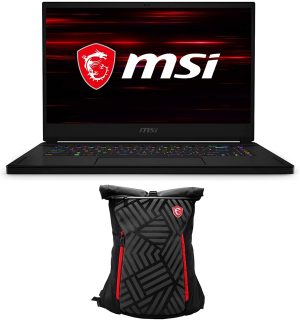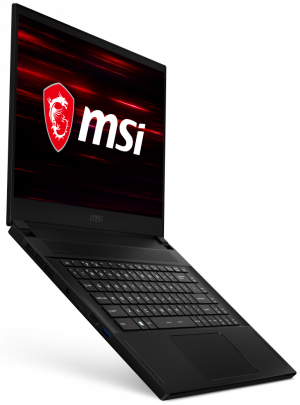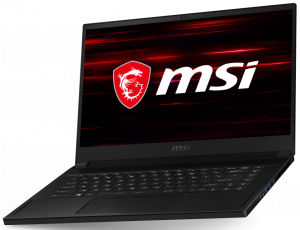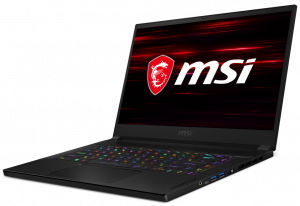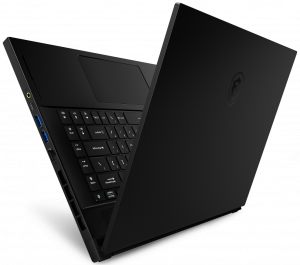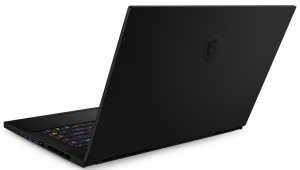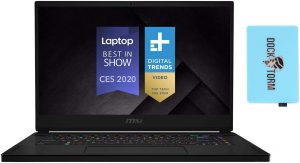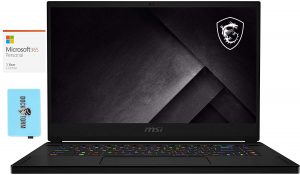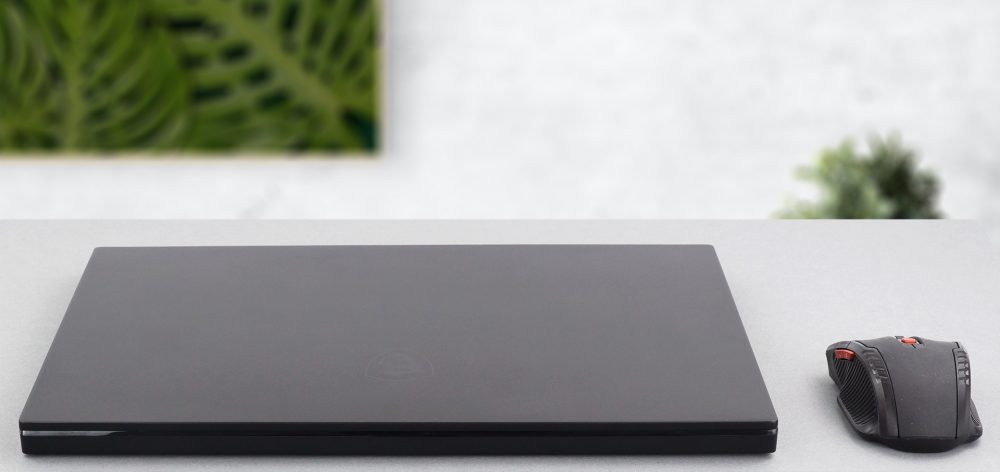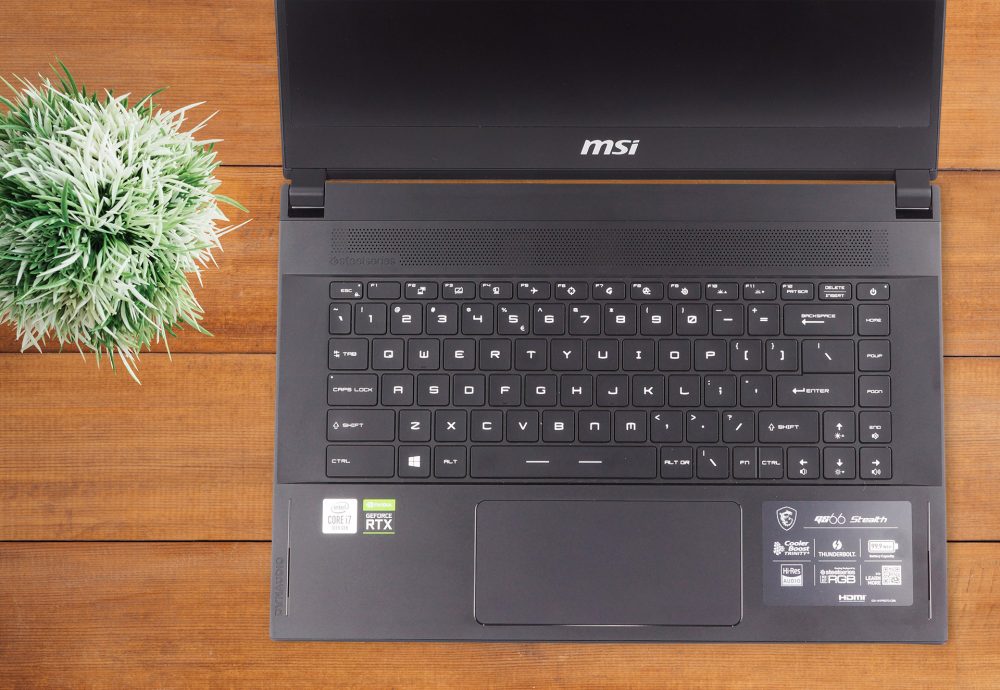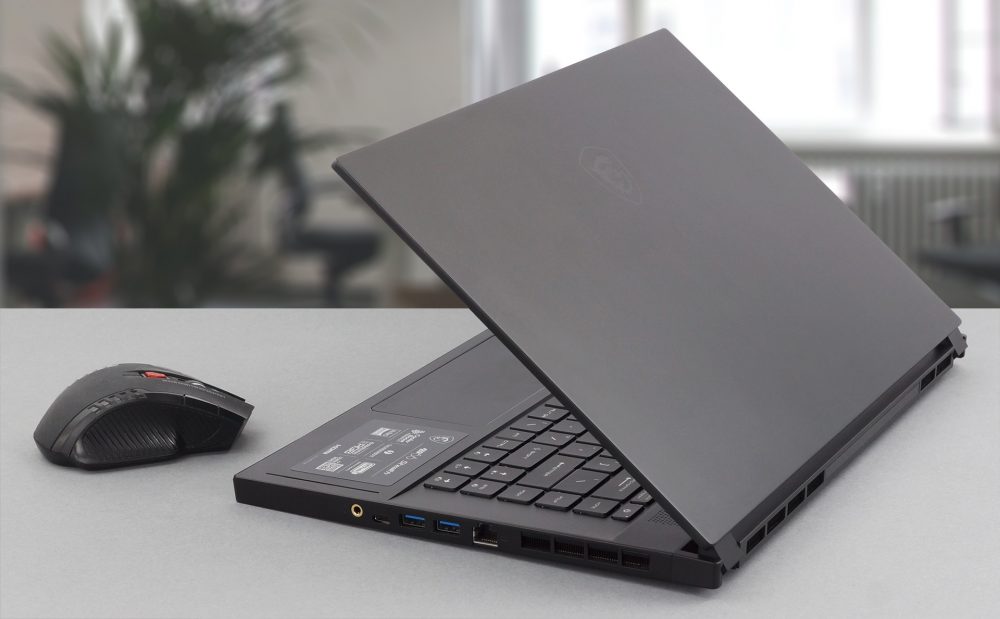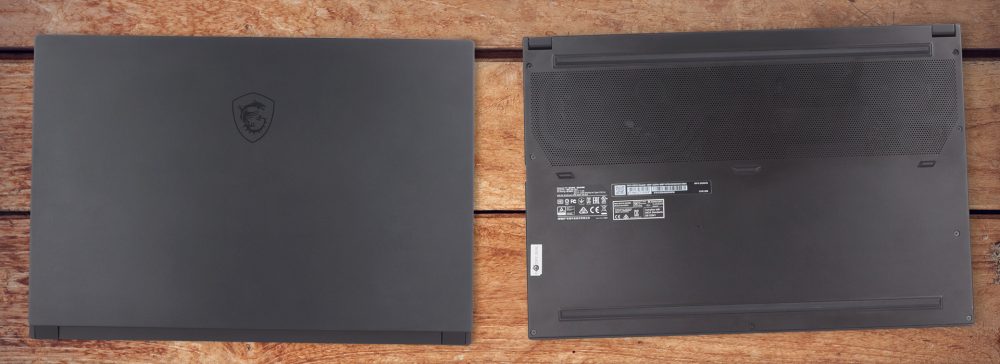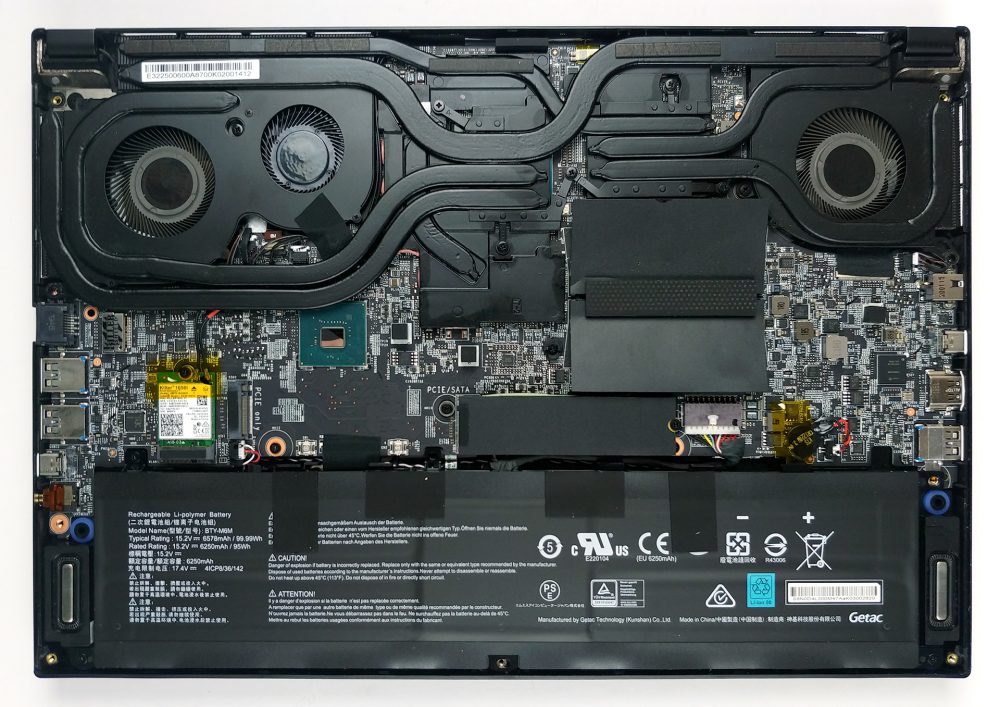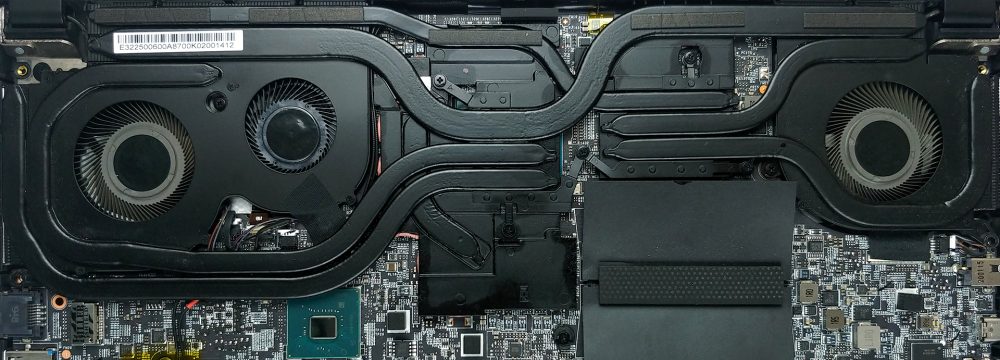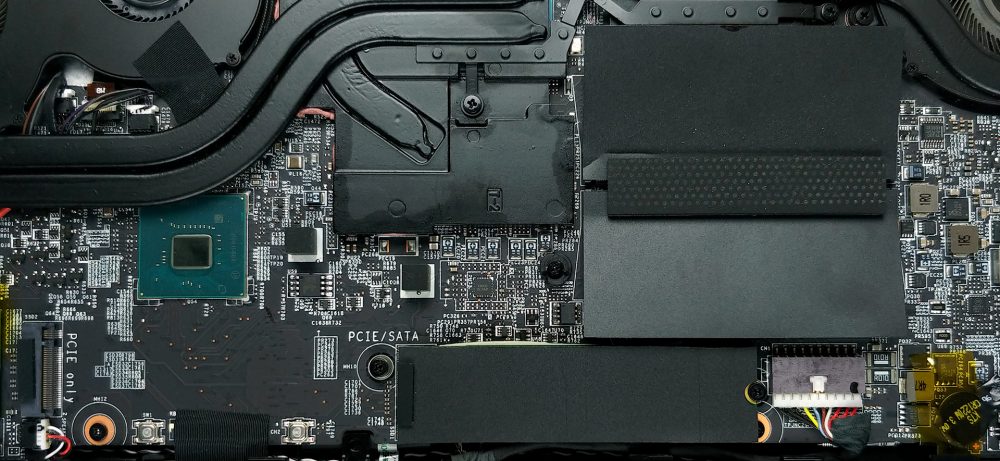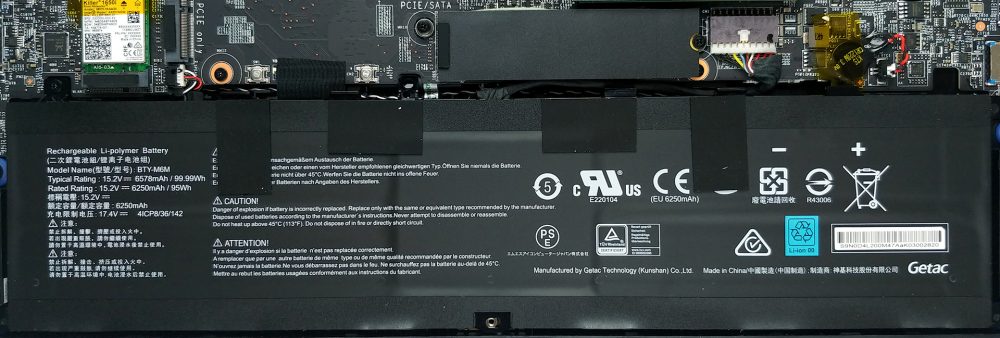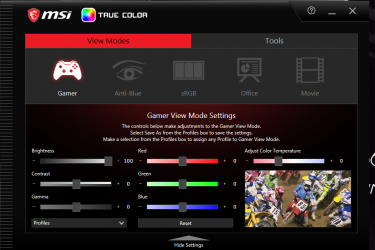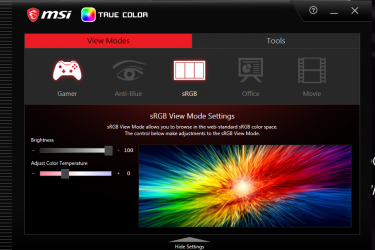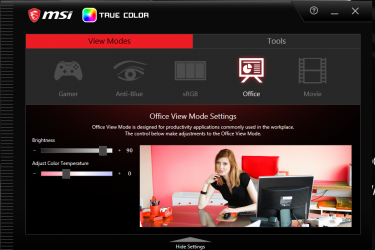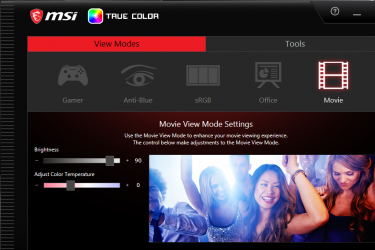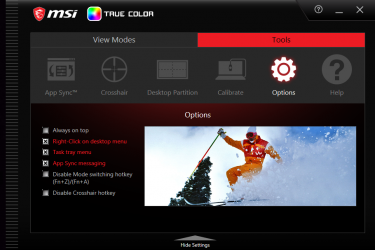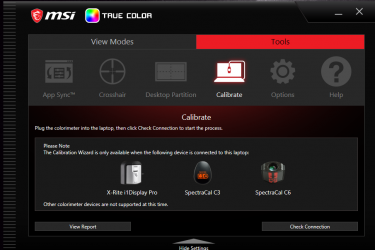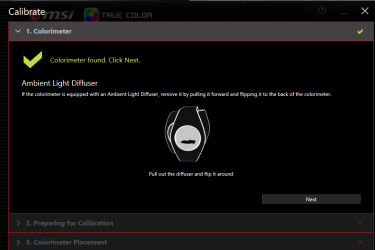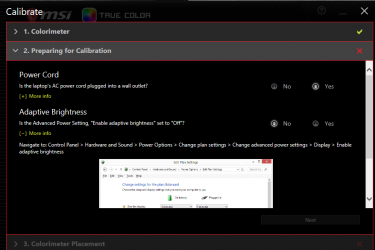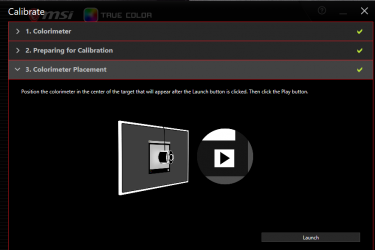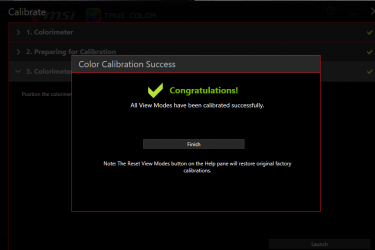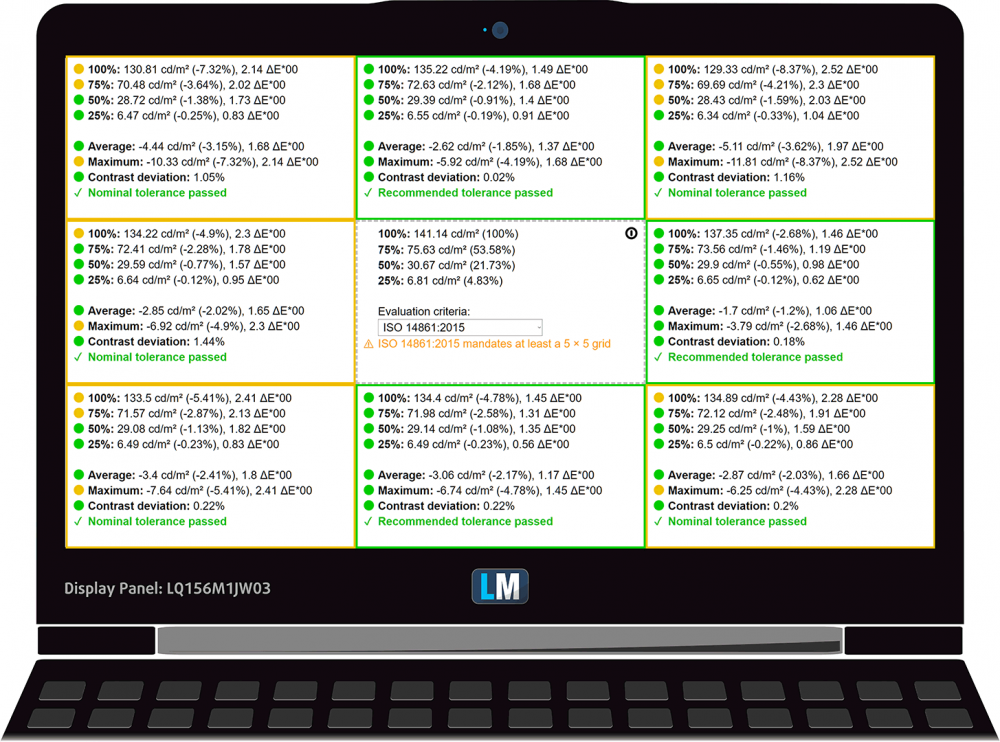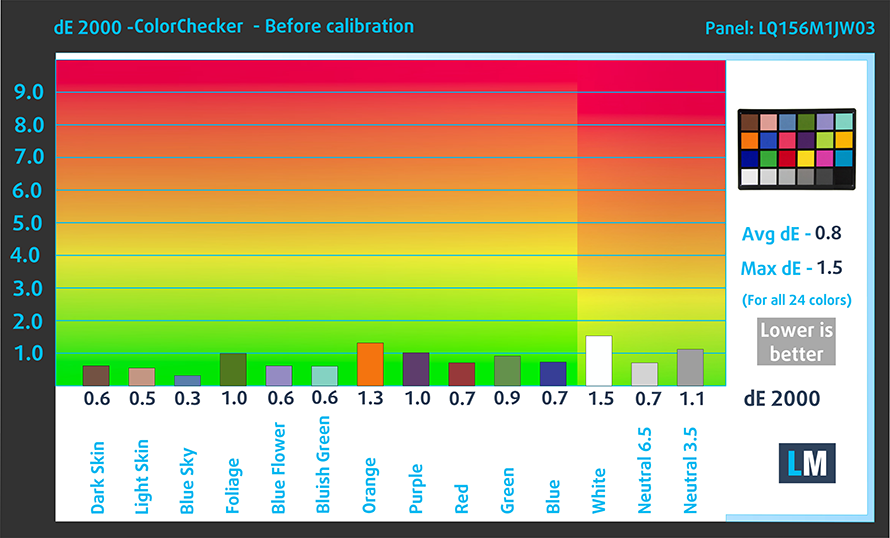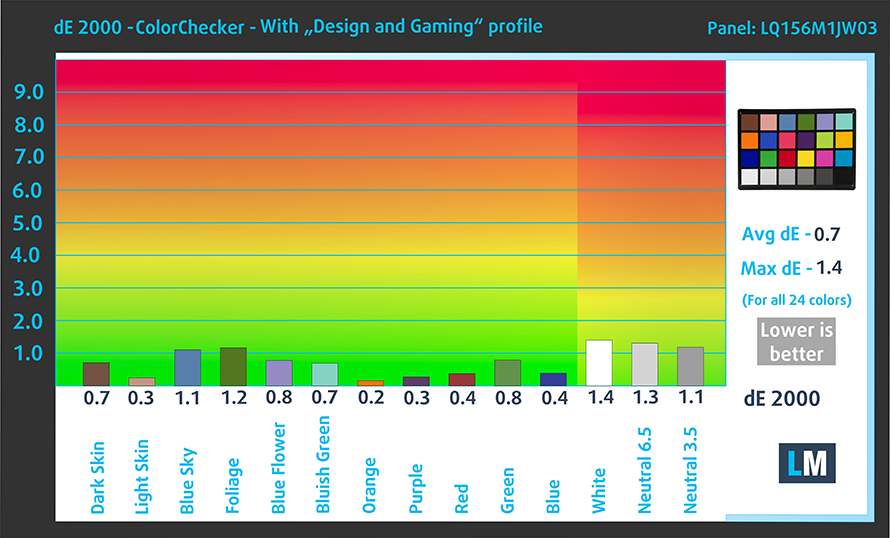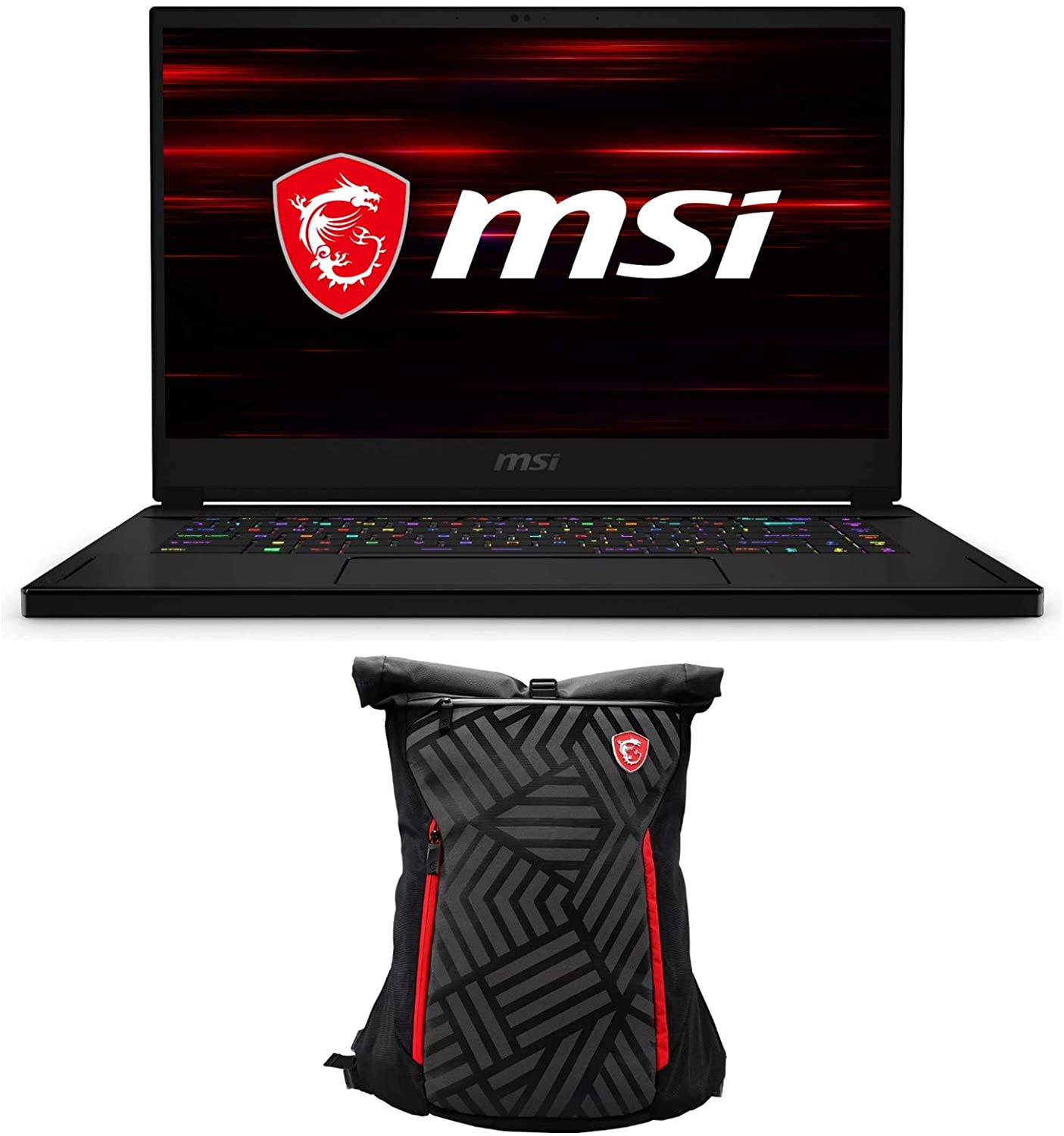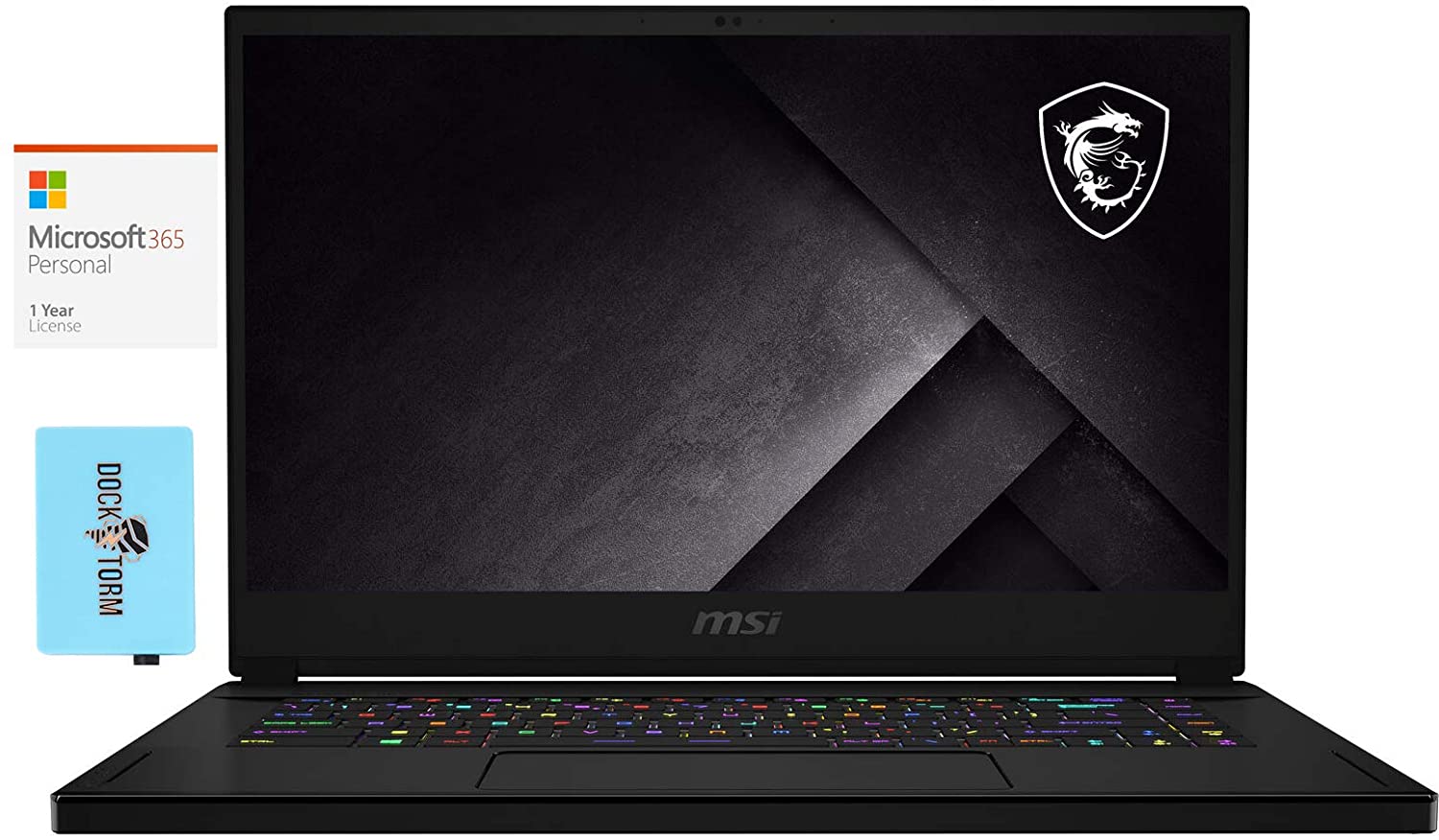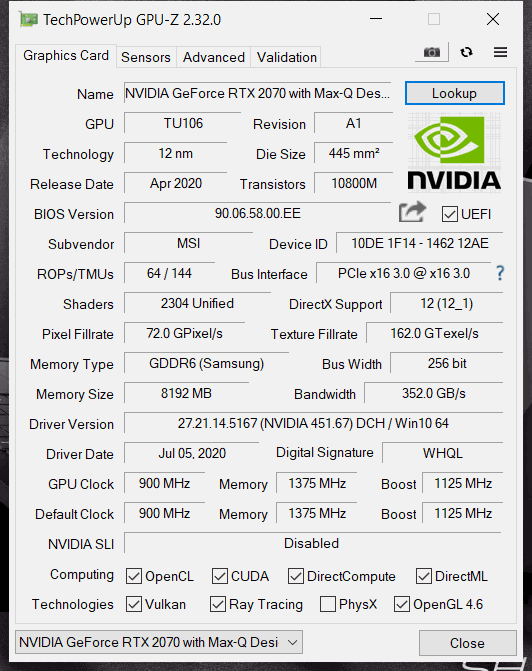MSI GS66 Stealth review – a change that is more than welcome
 Ever since the first Stealth series from MSI was released, the laptop world was baffled and headed towards change. We started seeing a lot of thin and light gaming notebooks, which became better and better as time passed.
Ever since the first Stealth series from MSI was released, the laptop world was baffled and headed towards change. We started seeing a lot of thin and light gaming notebooks, which became better and better as time passed.
This is also valid for the GS6X Stealth series. Last year, the design got better, and it looked sleek and stylish, rather than aggressively gamer-ish. Then we fast-forward to today. When the GS66 Stealth series looks like an industrial package, cut from a block of metal. Well, there is still the SteelSeries RGB keyboard that gives it away when it’s turned on.
Generally, it packs beast hardware. We are talking about up to Core i9-10980HK, and an RTX 2080 Super Max-Q. So the performance it offers should be great. Also, the display options start from 144Hz and go to 240Hz and 300Hz, all of which are IPS panels.
Everything seems great, but last year there were some issues with the GS65 Stealth, including difficult upgradeability and poor thermals. We really hope that MSI has worked on that, and surely, you’ll know at the end of this review.
You can check the prices and configurations in our Specs System: https://laptopmedia.com/series/msi-gs66-stealth-10sgx-10sfx/
Contents
Video Review
Specs Sheet
- GPU
- NVIDIA GeForce RTX 3080 (Laptop, 95W) #68 in Top GPUs NVIDIA GeForce RTX 3070 (Laptop, 95W) #85 in Top GPUs NVIDIA GeForce RTX 3060 (Laptop, 95W) #121 in Top GPUs NVIDIA GeForce RTX 2080 SUPER Max-Q (80W) #113 in Top GPUs NVIDIA GeForce RTX 2070 Max-Q #140 in Top GPUs NVIDIA GeForce RTX 2060 (Laptop, 80W) #151 in Top GPUsNVIDIA GeForce RTX 2070 SUPER Max-Q (80W)
- HDD/SSD
- up to 16000GB SSD
- M.2 Slot
- 2x 2280 PCIe NVMe 3.0 x4 See photo
- RAM
- up to 64GB
- OS
- Windows 10 Home, Windows 10 Pro
- Battery
- 99.9Wh, 4-cell
- Body material
- Aluminum
- Dimensions
- 359.9 x 245.1 x 18 mm (14.17" x 9.65" x 0.71")
- Weight
- 2.10 kg (4.6 lbs)
- Ports and connectivity
- 3x USB Type-A
- 3.2 Gen 2 (10 Gbps)
- 1x USB Type-C
- Thunderbolt 3, Power Delivery (PD), DisplayPort
- 1x USB Type-C
- 3.2 Gen 2 (10 Gbps)
- HDMI
- 2.0 (4K@60Hz)
- Ethernet LAN
- Killer E3100 Ethernet
- Wi-Fi
- 802.11ax
- Bluetooth
- 5.0
- Audio jack
- 3.5 mm combo
- Features
- Fingerprint reader
- optional
- Web camera
- HD
- Backlit keyboard
- Microphone
- Speakers
- 2x 2W, Dynaudio
- Optical drive
- Security Lock slot
All MSI GS66 Stealth (10Sx / 10Ux) configurations
What’s in the box?
Inside the package, you will find a 230Wh power brick, unless you get the RTX 2060 version, which comes with a 180W adapter.
Design and construction
First, let’s start with the design. It is an all-metal body with a pretty boxy look. Honestly, we really like it as it makes for a very compact device. This incognito-style notebook has a profile that goes from 18.3 to 19.8mm and weighs 2.10 kg, marking a slight increase in both height and weight, compared to last year. So far – the expectations are high that we’re getting a better cooling setup.
Obviously, the lid opens with a single hand, and inside we are met by thin top and side bezels, as well as a relatively bulky chin. Also, the camera is located above the display and it has an HD resolution, and… surprise, surprise – an IR face recognition sensor. By the way, the display has a matte finish, and while the placement of the hinges implies stability, we found it to be a bit bouncy when you push the laptop.
Next, we go to the base. There, we see the keyboard, which sports Per-Key RGB backlight, tuned by SteelSeries software. All-in-all we found the travel to be a bit short, but thankfully, the feedback is clicky. We’re not very fond of the gaming experience it offers, but at least you get full-sized Arrow keys, right?
As you can see, there is a pretty large grill above the keyboard. Well, make no mistake – this is not for your speakers, but rather for ventilation, which is good because your laptop won’t go out of breath when you place it in your bed.
And further down below, you will find the enormous touchpad. Actually, its height is not that impressive, but the width is quite big. Its surface is glass, which provides very good gliding, while the response is on point, especially with the high-refresh-rate displays. On the downside, we noticed that when you press the area between the touchpad and the Space bar, it sometimes registers clicks. Keep in mind it might very well be an issue with our unit, so there’s no need to panic.
And on the bottom panel, you’ll see the huge ventilation grill only, because the speakers are actually firing towards yourself. As for the exhaust it happens through a total of four vents – two on the back, and one on each side.
Ports
On the left, you get the power plug, a Thunderbolt 3 connector, an HDMI connector, and a USB Type-A 3.2 (Gen. 2) port. Switch sides, and you’ll see an RJ-45 connector, two USB Type-A 3.2 (Gen. 2) ports, a USB Type-C 3.2 (Gen. 2) port, and an audio jack.
Disassembly, upgrade options, and maintenance
In order to get inside of this notebook, there are 9 Phillips-head screws you need to undo. Keep in mind that one of them has a Factory seal, which may or may not void your warranty.
Here, we see a huge improvement over last year’s GS65 Stealth. Finally, the motherboard is placed the right side up, so you can see the cooling and upgrade everything you need without the need of removing the entire board. Here, the cooling solution consists of 7 heat pipes. Three of them are cooling only the processor, and three are cooling the GPU. One of the latter is pretty thick and connects to two heat sinks. By the way, the amount of heat sinks here is four, the fans are three, and as you can see, the VRMs and the graphics memory are also cooled by some metal brackets and a heat pipe.
In terms of upgradeability, there are two RAM SODIMM slots, supporting up to 64GB of DDR4 memory. And for storage, you get two M.2 PCIe x4 slots with RAID support, and one of them can fit M.2 SATA drives as well.
Thankfully, the battery here is huge. Actually, it is the maximum allowed on airplanes – 99.9 Wh.
Display quality
Our sample of the MSI GS66 Stealth comes with a 240Hz Full HD IPS panel with model number Sharp LQ156M1JW03 (SHP14C5). Its diagonal is 15.6″ (39.62 cm), and the resolution – 1920 х 1080. Expectedly, the screen ratio is 16:9, the pixel density – 141 ppi, their pitch – 0.18 x 0.18 mm. The screen can be considered Retina when viewed from at least 60 cm (24″) (from this distance, the average human eye can’t see the individual pixels and is excellent for a laptop).
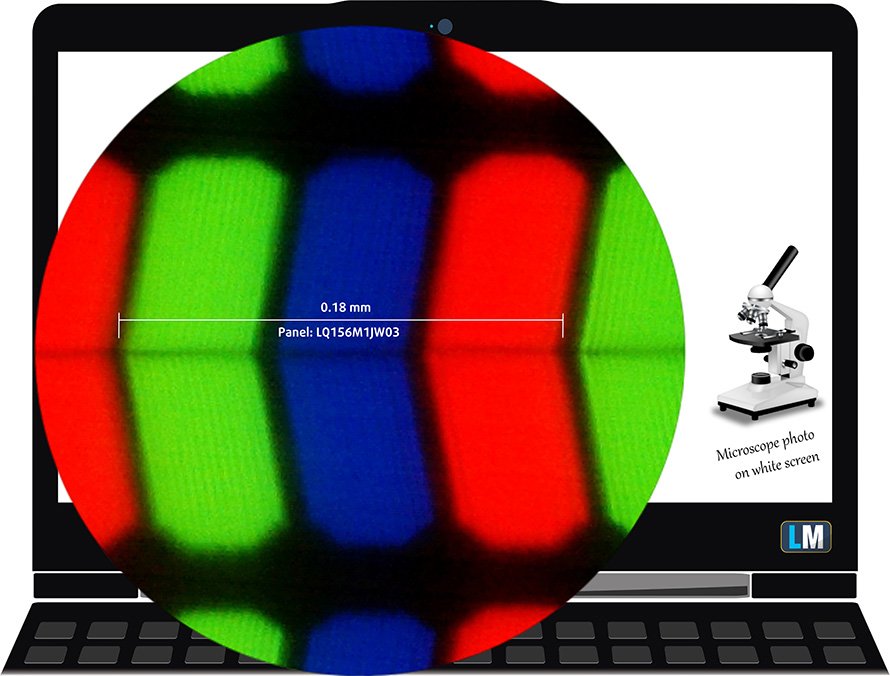
It has comfortable viewing angles. We have provided images at 45 degrees to evaluate quality.

This laptop is equipped with an MSI True Color app, which offers five presets of display settings – Gamer, AntiBlue, sRGB, Office, and movie.
Additionally, the software has a calibration option, which supports X-Rite i1Display Pro, SpectraCal C3, and SpectraCal C6.
All of the following measurements are made with the “sRGB” display profile.
The maximum measured brightness is 281 nits (cd/m2) in the middle of the screen and 270 nits (cd/m2) average across the surface with a maximum deviation of 8%. The Correlated Color Temperature on a white screen and at maximum brightness is 6440K (average) – almost matching the 6500K optimum for sRGB.
In the illustration below you can see how the display performs from a uniformity perspective. The illustration below shows how matters are for operational brightness levels (approximately 140 nits) – in this particular case at 44% Brightness (White level = 141 cd/m2, Black level = 0.13 cd/m2).
Values of dE2000 over 4.0 should not occur, and this parameter is one of the first you should check if you intend to use the laptop for color-sensitive work (a maximum tolerance of 2.0 ). The contrast ratio is good – 1040:1.
To make sure we are on the same page, we would like to give you a little introduction to the sRGB color gamut and the Adobe RGB. To start, there’s the CIE 1976 Uniform Chromaticity Diagram that represents the visible specter of colors by the human eye, giving you a better perception of the color gamut coverage and the color accuracy.
Inside the black triangle, you will see the standard color gamut (sRGB) that is being used by millions of people in HDTV and on the web. As for the Adobe RGB, this is used in professional cameras, monitors, etc for printing. Basically, colors inside the black triangle are used by everyone and this is the essential part of the color quality and color accuracy of a mainstream notebook.
Still, we’ve included other color spaces like the famous DCI-P3 standard used by movie studios, as well as the digital UHD Rec.2020 standard. Rec.2020, however, is still a thing of the future and it’s difficult for today’s displays to cover that well. We’ve also included the so-called Michael Pointer gamut, or Pointer’s gamut, which represents the colors that naturally occur around us every day.
The yellow dotted line shows MSI GS66 Stealth’s color gamut coverage.
Its display covers 95% of the sRGB/ITU-R BT.709 (web/HDTV standard) in CIE1976.
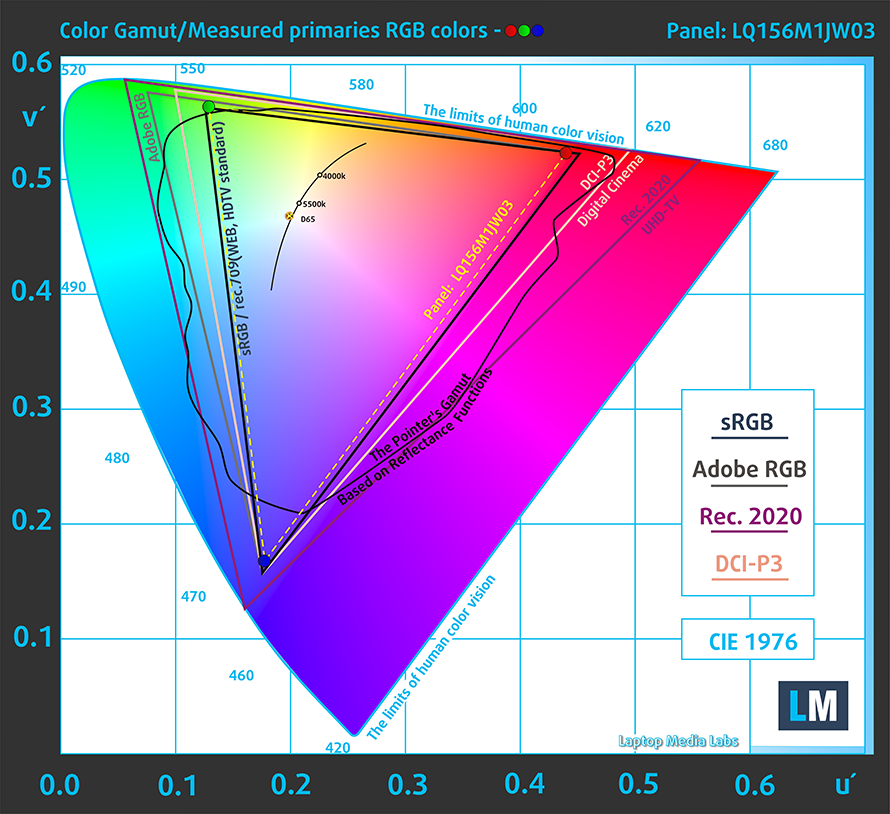
In addition to the default presets, we created more profiles. Below, you can see a comparison between our profile and the sRGB preset.
Our “Design and Gaming” profile delivers optimal color temperature (6500K) at 140 cd/m2 luminance and sRGB gamma mode.
We tested the accuracy of the display with 24 commonly used colors like light and dark human skin, blue sky, green grass, orange, etc. You can check out the results at factory condition and also, with the “Design and Gaming” profile.
Below you can compare the scores of MSI GS66 Stealth with the default settings (left), and with the “Gaming and Web design” profile (right).
The next figure shows how well the display is able to reproduce really dark parts of an image, which is essential when watching movies or playing games in low ambient light.
The left side of the image represents the display with stock settings, while the right one is with the “Gaming and Web Design” profile activated. On the horizontal axis, you will find the grayscale, and on the vertical axis – the luminance of the display. On the two graphs below you can easily check for yourself how your display handles the darkest nuances but keep in mind that this also depends on the settings of your current display, the calibration, the viewing angle, and the surrounding light conditions.
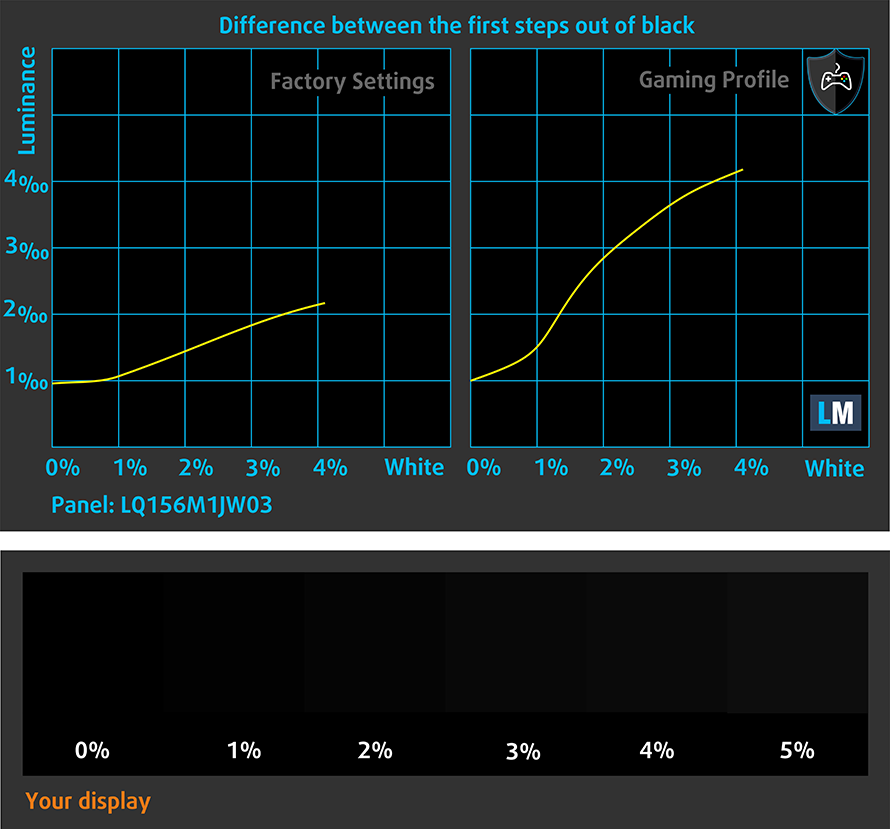
Response time (Gaming capabilities)
We test the reaction time of the pixels with the usual “black-to-white” and “white-to-black” method from 10% to 90% and vice versa.
We recorded Fall Time + Rise Time = 10 ms. Combined with the 240Hz refresh rate this screen is superb for gaming purposes.
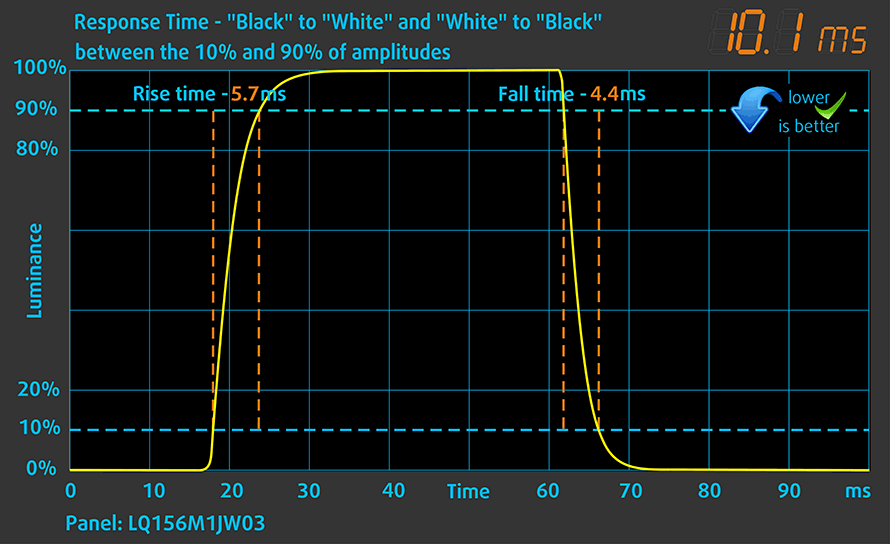
Health impact – PWM / Blue Light
PWM (Screen flickering)
Pulse-width modulation (PWM) is an easy way to control monitor brightness. When you lower the brightness, the light intensity of the backlight is not lowered, but instead turned off and on by the electronics with a frequency indistinguishable to the human eye. In these light impulses, the light/no-light time ratio varies, while brightness remains unchanged, which is harmful to your eyes. You can read more about that in our dedicated article on PWM.
MSI GS66 Stealth’s display is PWM-free above 71 cd/m2. The backlight uses PWM below 20% brightness and it has a high-enough frequency, so it doesn’t introduce an excessive strain to the eyes in this aspect.
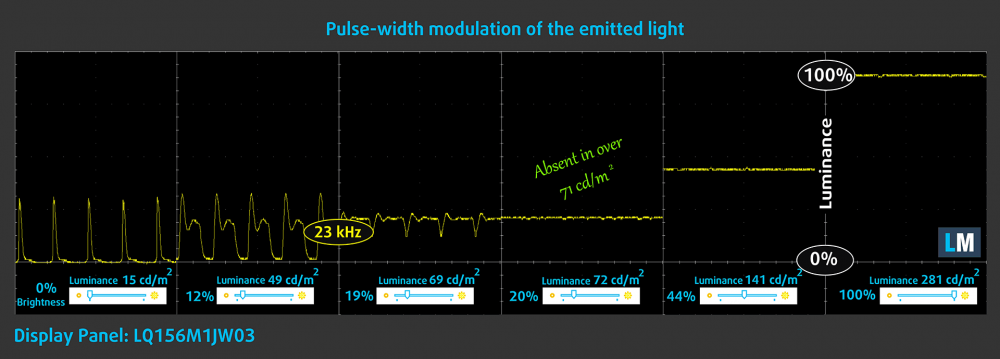
Blue light emissions
Installing our Health-Guard profile not only eliminates PWM but also reduces the harmful Blue Light emissions while keeping the colors of the screen perceptually accurate. If you’re not familiar with the Blue light, the TL;DR version is – emissions that negatively affect your eyes, skin, and your whole body. You can find more information about that in our dedicated article on Blue Light.
Conclusions
MSI GS66 Stealth’s IPS panel has a Full HD resolution, comfortable viewing angles, and a good contrast ratio. Moreover, it sports a wide color coverage with 95% of the sRGB gamut, and its backlight doesn’t flicker at luminance levels above 71 nits (below that, the frequency is very high, which is good). Using the sRGB preset not only provides you wide color coverage, but also accurate color representation. Combined with the 240Hz refresh rate and quick pixel response times, this device is great for gaming, professional work, and retail purposes.
Buy our profiles
Since our profiles are tailored for each individual display model, this article and its respective profile package are meant for MSI GS66 Stealth configurations with 15.6″ Sharp LQ156M1JW03 (SHP14C5) (FHD, 1920 x 1080) IPS.
*Should you have problems with downloading the purchased file, try using a different browser to open the link you’ll receive via e-mail. If the download target is a .php file instead of an archive, change the file extension to .zip or contact us at [email protected].
Read more about the profiles HERE.
In addition to receiving efficient and health-friendly profiles, by buying LaptopMedia's products you also support the development of our labs, where we test devices in order to produce the most objective reviews possible.

Office Work
Office Work should be used mostly by users who spend most of the time looking at pieces of text, tables or just surfing. This profile aims to deliver better distinctness and clarity by keeping a flat gamma curve (2.20), native color temperature and perceptually accurate colors.

Design and Gaming
This profile is aimed at designers who work with colors professionally, and for games and movies as well. Design and Gaming takes display panels to their limits, making them as accurate as possible in the sRGB IEC61966-2-1 standard for Web and HDTV, at white point D65.

Health-Guard
Health-Guard eliminates the harmful Pulse-Width Modulation (PWM) and reduces the negative Blue Light which affects our eyes and body. Since it’s custom tailored for every panel, it manages to keep the colors perceptually accurate. Health-Guard simulates paper so the pressure on the eyes is greatly reduced.
Get all 3 profiles with 33% discount
Sound
MSI GS66 Stealth’s Dynaudio speakers are a bit disappointing. Although there are no deviations across the entire frequency spectrum, we found it to be a bit muffled.
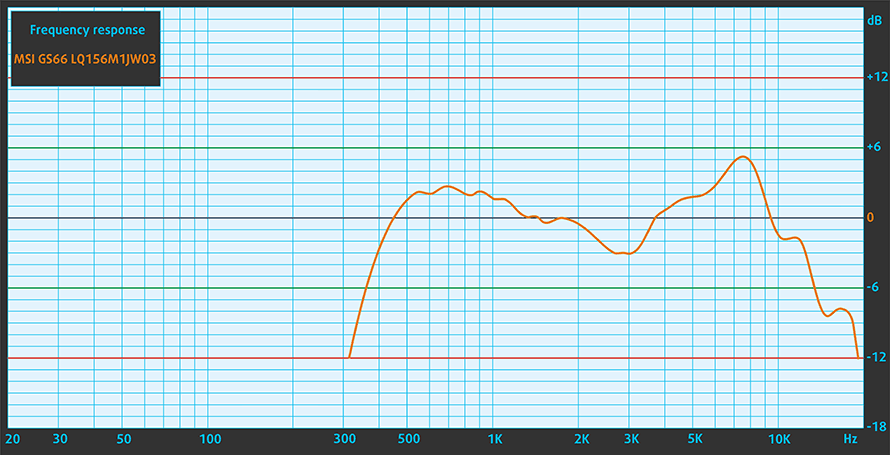
Drivers
All of the drivers and utilities for this notebook can be found here: https://www.msi.com/Laptop/support/GS66-Stealth-10SX
Battery
Now, we conduct the battery tests with Windows Better performance setting turned on, screen brightness adjusted to 120 nits, and all other programs turned off except for the one we are testing the notebook with. This notebook’s huge 99.9Wh battery offers 6 hours and 58 minutes of Web browsing, and 7 hours and 42 minutes of video playback.
In order to simulate real-life conditions, we used our own script for automatic web browsing through over 70 websites.
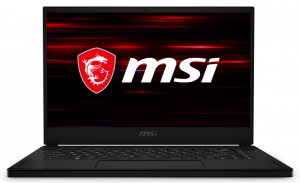
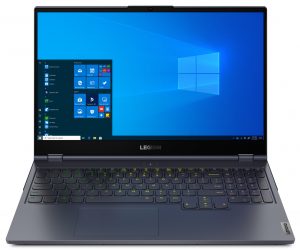
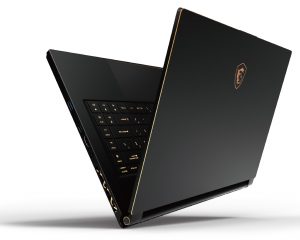
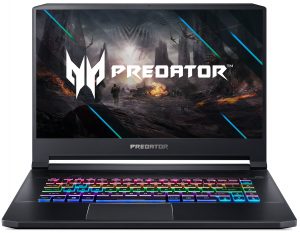
For every test like this, we use the same video in HD.




CPU options
This device is sold with processors part of the Comet Lake-H family. Your options include the Core i7-10750H (6c/12t), Core i7-10875H (8c-16t), Core i9-10980HK (8c/16t).
Results are from the Cinebench 20 CPU test (the higher the score, the better)
Results are from our Photoshop benchmark test (the lower the score, the better)
MSI GS66 Stealth (10Sx / 10Ux) CPU variants
Here you can see an approximate comparison between the CPUs that can be found in the MSI GS66 Stealth (10Sx / 10Ux) models on the market. This way you can decide for yourself which MSI GS66 Stealth (10Sx / 10Ux) model is the best bang for your buck.
Note: The chart shows the cheapest different CPU configurations so you should check what the other specifications of these laptops are by clicking on the laptop’s name / CPU.
Results are from the Cinebench R23 CPU test (the higher the score, the better)
Results are from our Photoshop benchmark test (the lower the score, the better)
GPU options
In terms of graphics, you can get the GeForce RTX 2060, RTX 2070 Max-Q, RTX 2070 Super Max-Q, and the RTX 2080 Super Max-Q.
Results are from the 3DMark: Time Spy (Graphics) benchmark (higher the score, the better)
Results are from the 3DMark: Fire Strike (Graphics) benchmark (higher the score, the better)
Results are from the Unigine Superposition benchmark (higher the score, the better)
MSI GS66 Stealth (10Sx / 10Ux) GPU variants
Here you can see an approximate comparison between the GPUs that can be found in the MSI GS66 Stealth (10Sx / 10Ux) models on the market. This way you can decide for yourself which MSI GS66 Stealth (10Sx / 10Ux) model is the best bang for your buck.
Note: The chart shows the cheapest different GPU configurations so you should check what the other specifications of these laptops are by clicking on the laptop’s name / GPU.
Results are from the 3DMark: Time Spy (Graphics) benchmark (higher the score, the better)
Results are from the 3DMark: Fire Strike (Graphics) benchmark (higher the score, the better)
Results are from the Unigine Superposition benchmark (higher the score, the better)
Gaming tests

| Far Cry 5 | Full HD, Normal (Check settings) | Full HD, High (Check settings) | Full HD, Ultra (Check settings) |
|---|---|---|---|
| NVIDIA GeForce RTX 2070 Max-Q | 108 fps | 100 fps | 93 fps |

| Rise of the Tomb Raider (2016) | Full HD, Medium (Check settings) | Full HD, Very High (Check settings) | Full HD, MAX (Check settings) |
|---|---|---|---|
| NVIDIA GeForce RTX 2070 Max-Q | 132 fps | 71 fps | 47 fps |

| Tom Clancy’s Ghost Recon Wildlands | Full HD, High (Check settings) | Full HD, Very High (Check settings) | Full HD, Ultra (Check settings) |
|---|---|---|---|
| NVIDIA GeForce RTX 2070 Max-Q | 83 fps | 72 fps | 48 fps |

| Shadow of the Tomb Raider (2018) | Full HD, Medium (Check settings) | Full HD, High (Check settings) | Full HD, Highest (Check settings) |
|---|---|---|---|
| NVIDIA GeForce RTX 2070 Max-Q | 91 fps | 85 fps | 55 fps |
Temperatures and comfort
Max CPU load
In this test we use 100% on the CPU cores, monitoring their frequencies and chip temperature. The first column shows a computer’s reaction to a short load (2-10 seconds), the second column simulates a serious task (between 15 and 30 seconds), and the third column is a good indicator of how good the laptop is for long loads such as video rendering.
Average core frequency (base frequency + X); CPU temp.
| Intel Core i7-10750H (45W TDP) | 0:02 – 0:10 sec | 0:15 – 0:30 sec | 10:00 – 15:00 min |
|---|---|---|---|
| MSI GS66 Stealth | 3.66 GHz (B+41%) @ 94°C | 3.56 GHz (B+37%) @ 95°C | 2.97 GHz (B+14%) @ 91°C |
| HP Omen 15 2019 (15-dh1000) | 4.03 GHz (B+55%) @ 96°C | 3.87 GHz (B+45%) @ 97°C | 3.65 GHz (B+40%) @ 96°C |
| MSI GF65 Thin 10Sx | 3.59 GHz (B+38%) @ 95°C | 3.48 GHz (B+34%) @ 95°C | 3.08 GHz (B+18%) @ 91°C |
| HP Pavilion Gaming 16 (16-a0000) | 3.74 GHz (B+44%) @ 97°C | 3.17 GHz (B+22%) @ 88°C | 2.98 GHz (B+15%) @ 78°C |
| Acer Predator Helios 300 (PH315-53) | 3.56 GHz (B+37%) @ 76°C | 3.52 GHz (B+35%) @ 85°C | 2.98 GHz (B+15%) @ 75°C |
| Dell G5 15 5500 | 3.82 GHz (B+47%) @ 75°C | 3.63 GHz (B+40%) @ 99°C | 3.01 GHz (B+16%) @ 81°C |
| ASUS ROG Strix G15 G512 | 4.16 GHz (B+60%) @ 81°C | 3.99 GHz (B+53%) @ 95°C | 3.52 GHz (B+35%) @ 87°C |
| Lenovo Legion 7 (15) | 3.78 GHz (B+45%) @ 80°C | 3.69 GHz (B+42%) @ 83°C | 3.51 GHz (B+35%) @ 83°C |
Interestingly, only one of the three fans spins when there is only CPU load applied. This greatly reduces the efficiency of the cooling, which is reflected on the results we got.
Real-life gaming
| NVIDIA GeForce RTX 2070 Max-Q | GPU frequency/ Core temp (after 2 min) | GPU frequency/ Core temp (after 30 min) | GPU frequency/ Core temp (Turbo mode) |
|---|---|---|---|
| MSI GS66 Stealth | 1356 MHz @ 74°C | 1331 MHz @ 78°C | – |
| MSI GS75 Stealth | 1425 MHz @ 74°C | 1380 MHz @ 81°C | – |
| Acer Predator Helios 300 17 (2019) | 1364 MHz @ 66°C | 1351 MHz @ 78°C | 1529 MHz @ 71°C |
| Lenovo Legion Y740 17″ | 1269 MHz @ 76°C | 1236 MHz @ 80°C | – |
If we have to be honest, despite the quite high temperatures of the RTX 2070 Max-Q, it appears to work pretty well, especially compared to the Legion Y740 17″. Well, the Predator Helios 300 17 (2019) with its Turbo mode, annihilates what we got here, but it was significantly louder, as well. By the way, this unit has an 80W version of this GPU.
Gaming comfort
Well, the fans are clearly spinning up during gaming. But this is not what worries us. Instead, we were more baffled by the temperatures on the bottom panel, which don’t seem to be improved over last year’s notebook. Keep the GS66 Stealth away from your legs.
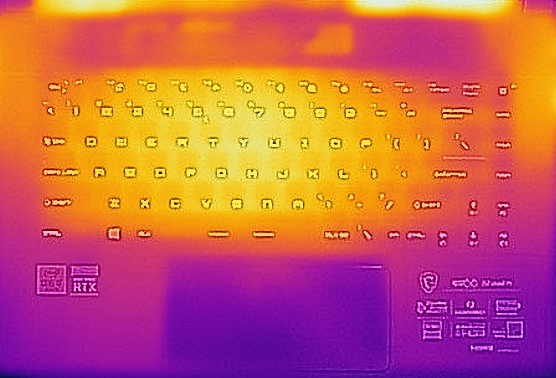
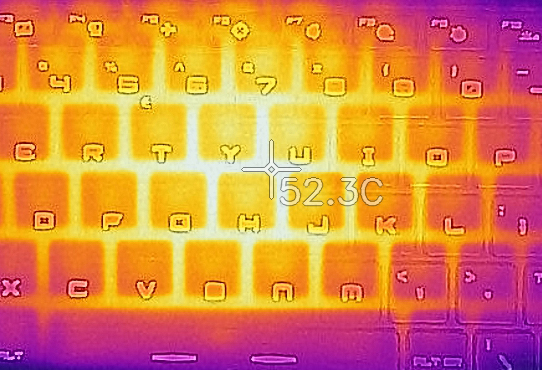
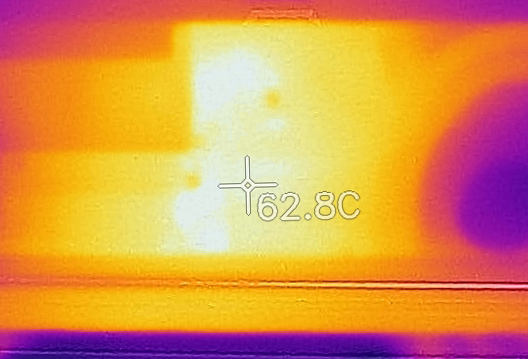
Verdict
From the design to the inside, the GS66 Stealth is miles ahead of its predecessor. Not only it looks better (in our view), but it is sturdier and offers upgrade options that are far easier to access. Also, the 99.9Wh battery lasts for almost 7 hours of Web browsing and 40 minutes more of video playback – you can definitely bring your gaming machine to class, a seminar, or just at the coffee shop.
One of the best features of this device is the display. MSI GS66 Stealth’s IPS panel (Sharp LQ156M1JW03 (SHP14C5)) has a Full HD resolution, comfortable viewing angles, and a good contrast ratio. Moreover, it sports a wide color coverage with 95% of the sRGB gamut, and its backlight doesn’t flicker at luminance levels above 71 nits (below that, the frequency is very high, which is good). Using the sRGB preset not only provides you wide color coverage, but also accurate color representation. Combined with the 240Hz refresh rate and quick pixel response times, this device is great for gaming, professional work, and retail purposes.
Not many displays feature calibration software embedded into their Gamer-centric apps. And we really appreciate it. This, combined with the capable hardware that spans to Core i9-10980HK, and RTX 2080 Super Max-Q, and that can fit 64GB of DDR4 memory and two M.2 drives are something that not only gamers will like. Content creators, 3D designers, and architects might find using this machine a piece of cake.
Also, it has Wi-Fi 6 support, as well as a Thunderbolt 3 port. Sadly, it lacks an SD card slot in any form, and the keyboard isn’t the best for typing and gaming. Nevertheless, you can enjoy Per-Key RGB backlighting, so you get 50 points of coolness more than your non-RGB friends.
So once again, another year has passed, and MSI has left another small (or not so small) issue to be solved. Once they fix the external temperatures of their Stealth series, we would definitely be recommending them. Until then, please use a cooling pad. Also, you can check the Lenovo Legion 7 (15), which is a very decent machine, as well.
Pros
- Responsive touchpad, Thunderbolt 3, and Wi-Fi 6 support
- Takes up to 64GB of DDR4 memory and has two M.2 slots
- The display is PWM-free above 25% brightness (and the frequency of the flickers is high-enough below that) (Sharp LQ156M1JW03)
- 240Hz refresh rate and quick pixel response times (Sharp LQ156M1JW03)
- 95% sRGB coverage and great color accuracy + a lot of customization options with the included software (Sharp LQ156M1JW03)
- Capable hardware inside of a thin, relatively light, and well-built chassis
- IR face recognition system on board
Cons
- Lacks an SD card reader
- The laptop gets pretty hot on the outside during gaming
- The keyboard is a bit underwhelming, despite its Per-Key RGB backlight
You can check the prices and configurations in our Specs System: https://laptopmedia.com/series/msi-gs66-stealth-10sgx-10sfx/

